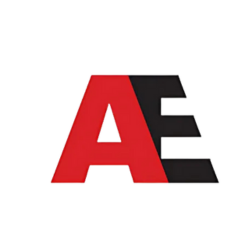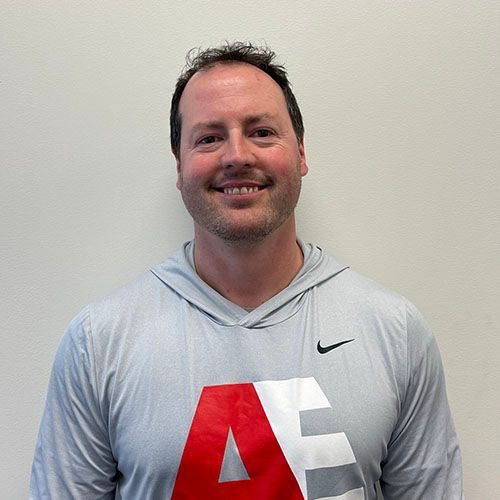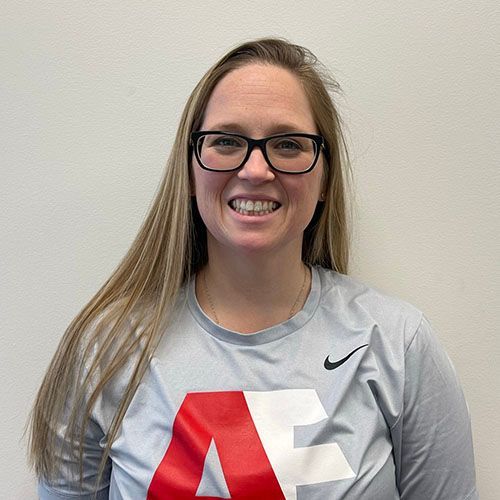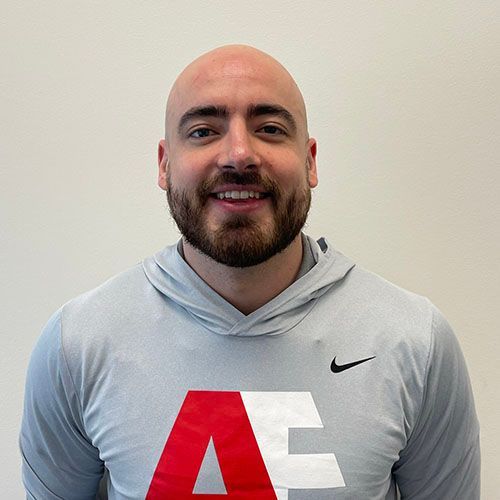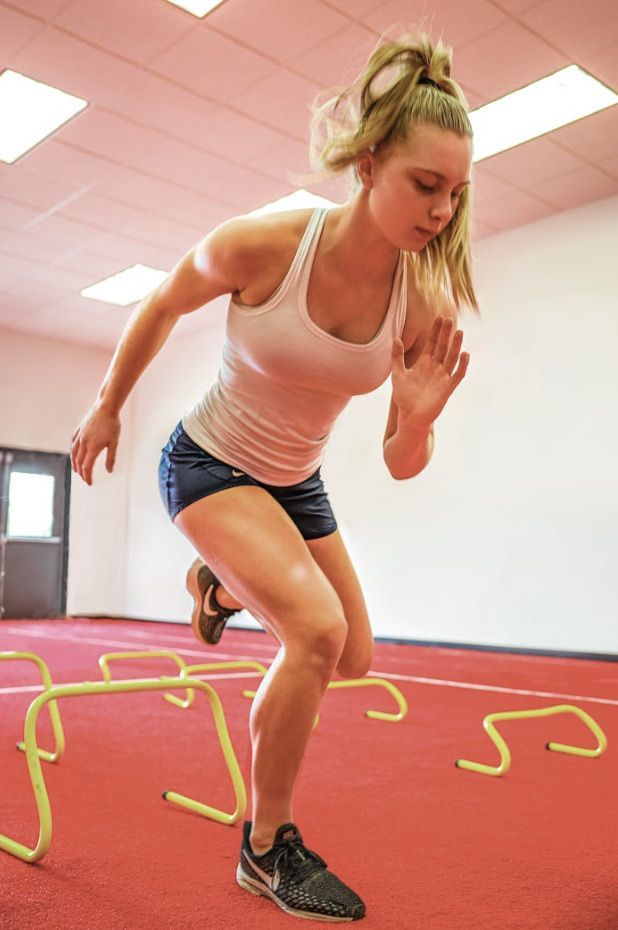
Athletic Evolution and Athletic Evolution Physical Therapy collaborate on our Return to Sport (RTS) Program to give each ACL Return to Sport athlete the best possible product and a real chance at success upon returning to their sport. AE has been doing RTS for over a decade and uses their first hand experience and proven research to make sure athletes return to sport with all the tools needed to make sure this injury doesn’t happen again. Our comprehensive program includes Baseline and Return to Sport Evaluations, monthly muscle testing using a hand-held dynamometer, weekly manual massage and scraping, weekly 1 on 1 and semi-private training, and physical therapy if needed. We can start you immediately post surgery in our Physical Therapy Clinic, or if you are rehabbing at another PT Clinic, we can take you between 4-7 months post surgery and guide you back to a Return to Sport.
About the Program
“Returning to knee-strenuous sport before 9 months after ACL reconstruction was associated with an approximately 7-fold increased rate of sustaining a second ACL injury."
– Journal of Orthopaedic & Sports Physical Therapy
Hear What Our Athletes Are Saying

“Scott is the man, he’s an excellent (personal trainer) and coach who builds great programs. He not only builds workouts, but he also teaches you how to lift. I rehabbed with him after an ACL tear and I came back stronger and faster than before I got injured.”
Gena R
“The past year Scott has worked with me to come back from an ACL tear. He pushed me to work hard even when I didn’t want to and I’m the strongest I’ve ever been.”
Kaley R
“Great place with even better trainers, went through a complete rehabilitation of an ACL surgery with AE. Nothing but good things to say about this place highly recommend anybody looking for a place to train or to do rehab to go to AE.”
Dalton M
Our Services

Injury Prevention / Return to Sport
Our Return to Sport Program is designed for our patients who are nearing the end of their Physical Therapy treatment at AE PT, but are either unprepared to start training on their own or could benefit from a bridge between therapy and traditional sports specific training. Too often we see patients/athletes being discharged from Physical Therapy because they can walk around pain free, but are not prepared for the athletic demands of their sport or the physical demands of their job or lifestyle. This unfortunately can lead to a set-back or another injury. Our therapists will work in conjunction with our strength coaches, using your initial evaluation, treatments, and a post treatment evaluation to essentially create a road map to lead you from therapy back to your sport. We offer a variety of return to sport programs so that our patients can choose an option that best fits what they need and want. Each program will be customized just for you, and feature our strength coaches and therapists working together to best serve you. Our team will work with you to find the best available option for you and your long term health.
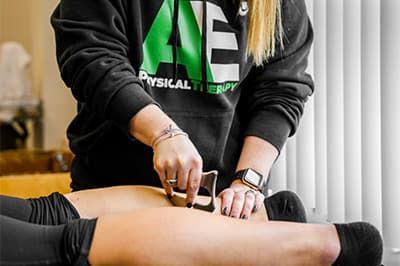
Soft Tissue Massage, Myofascial Release, & Instrument Assisted
Soft tissue massage is a type of massage therapy that focuses on the manipulation of soft tissues such as muscles, tendons, ligaments, and fascia. It is a hands-on technique that is used to treat a range of physical ailments, including back pain, neck pain, headaches, sports injuries, and more.
Instrument assisted soft tissue mobilization (IASTM) is a skilled myofascial intervention used for soft-tissue treatment. It is based on the principles of cross fiber massage.
It is applied using instruments that are usually made of stainless steel with beveled edges and contours that can conform to different body anatomical locations and allows for deeper penetration. It is used for the detection and treatment of soft tissue disorders.
Instruments effectively break down fascial restrictions and scar tissue. The ergonomic design of these instruments provides the clinician with the ability to locate restrictions and allows the clinician to treat the affected area with the appropriate amount of pressure
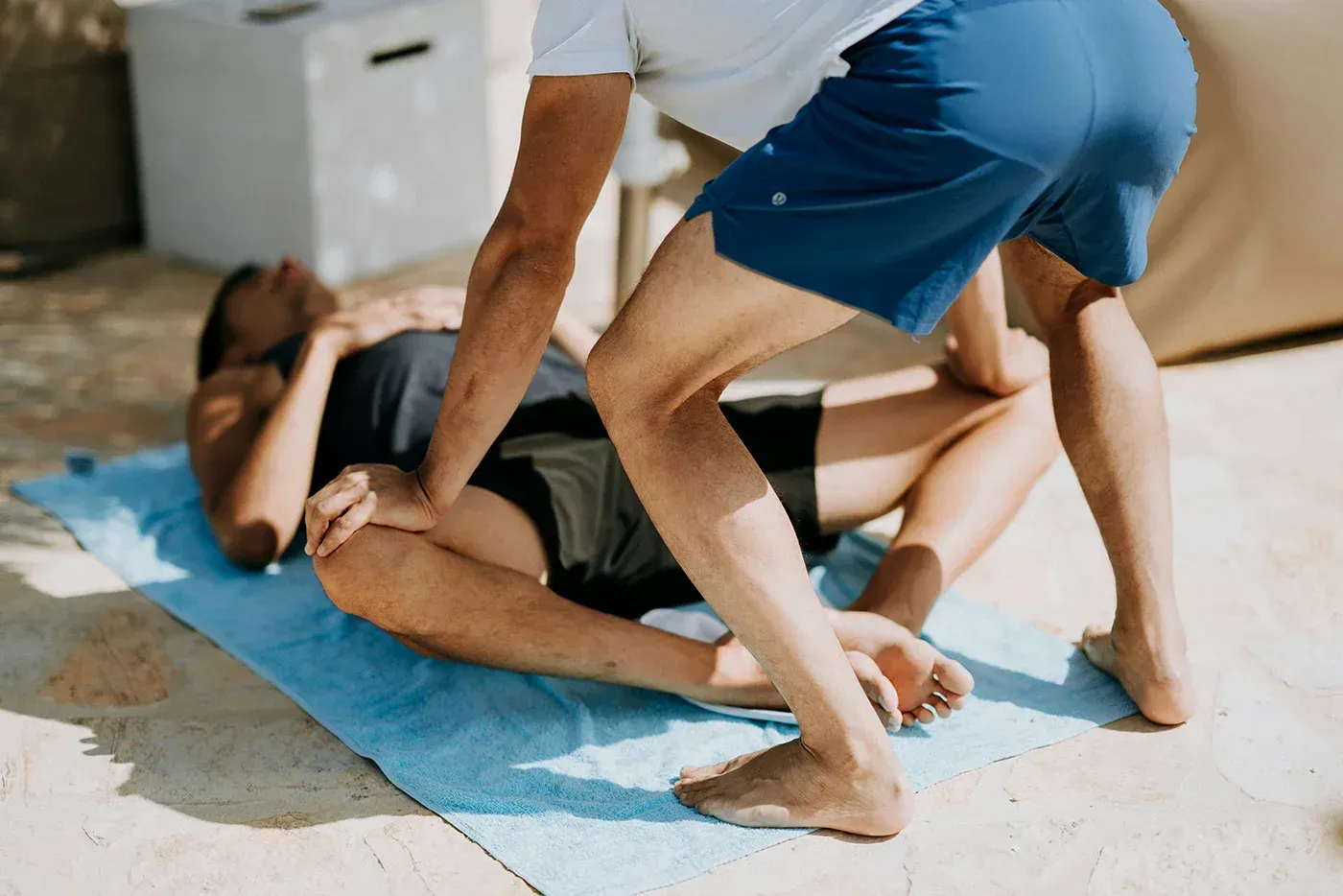
Active Isolated & PNF Stretching
Active Isolated Stretching
This technique involves holding a stretch for two seconds at a time, and then repeating the stretch while increasing the resistance by a few degrees each time. AIS uses reciprocal inhibition, which is a two-second hold at the end of the movement pattern.
PNF stretching
This advanced flexibility training technique involves stretching and contracting the targeted muscle group. PNF stretching includes techniques like hold-relax, contract-relax, and hold-relax with agonist contraction.
Combining PNF techniques with active stretching can help increase mobility and maximize the effectiveness of both techniques. For example, you can add a series of contract-relax impulses to an active stretching exercise like the kneeling lunge

Trigger Point Release & Neuromuscular Techniques
Trigger point release, also known as trigger point therapy or myofascial release, is a massage technique that involves applying pressure to specific points in the body to relieve pain and tension
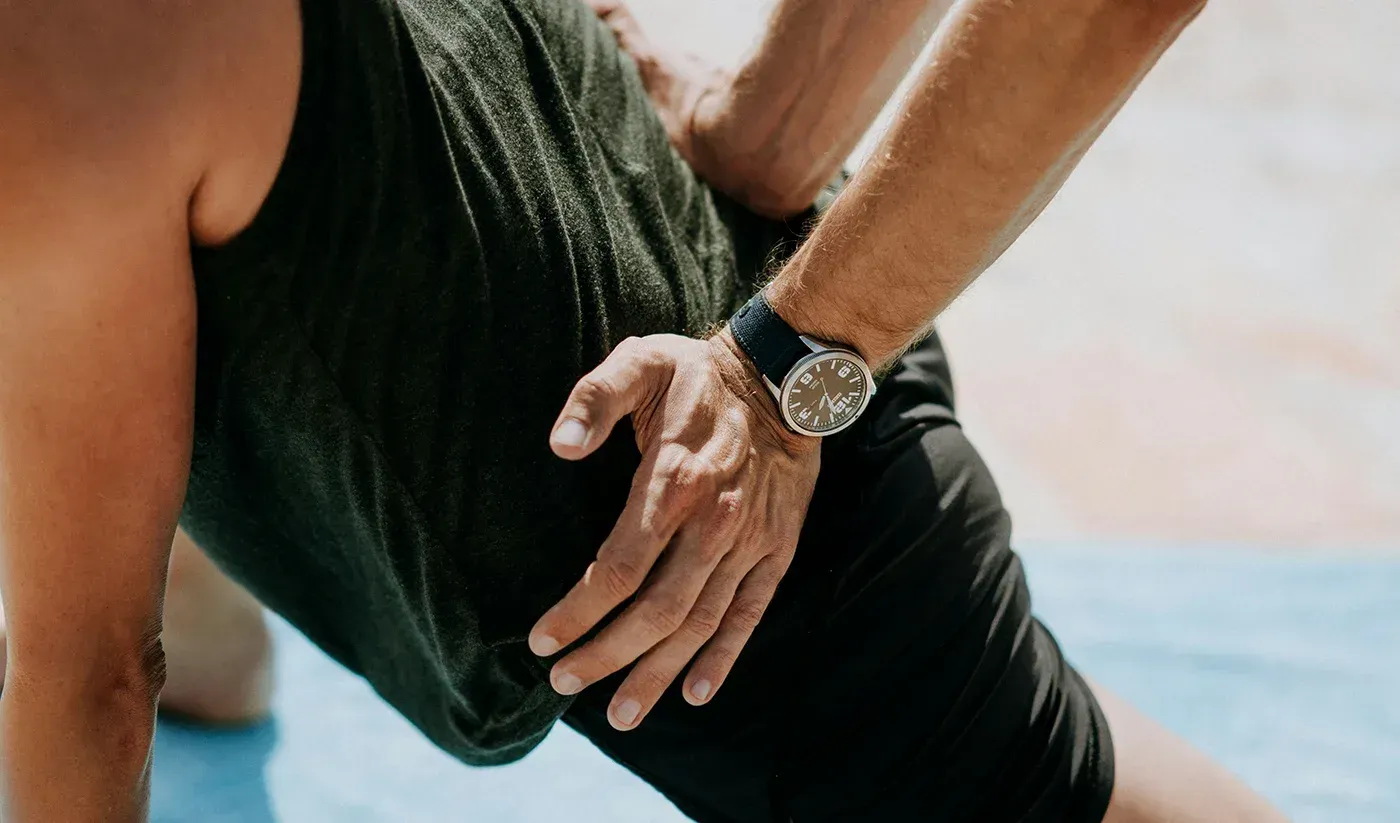
Joint mobilization and Spinal Manipulations
Joint mobilization is a physical therapy technique that involves a physical therapist manually moving a patient’s joint to improve its range of motion, reduce pain, and increase joint function.

Selective Functional Movement Assessment & Functional Movement Screen
The SFMA is a clinical model used to assist diagnosis and treatment of musculoskeletal disorders by identifying dysfunctions in movement patterns. The SFMA is meant to be used by physiotherapists / physical therapists, athletic trainers, chiropractors, and physicians.
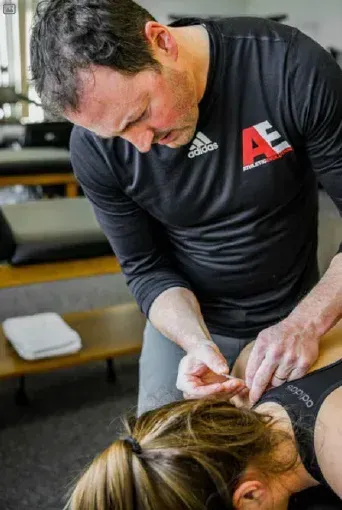
Cupping & Dry Needling
Cupping therapy is an alternative medicine technique that uses suction to create a vacuum on the skin to promote healing.
Dry needling is a treatment that involves inserting thin needles into the skin to treat pain and movement issues.
Meet the ACL Return to Sport Team
Let Us Help You Achieve Your Goals
We're dedicated to helping you achieve your goals and reach your full potential.
